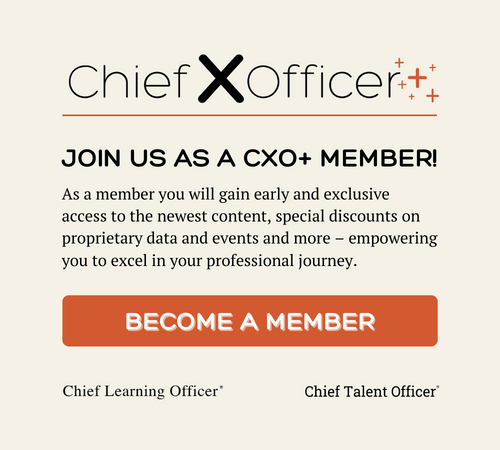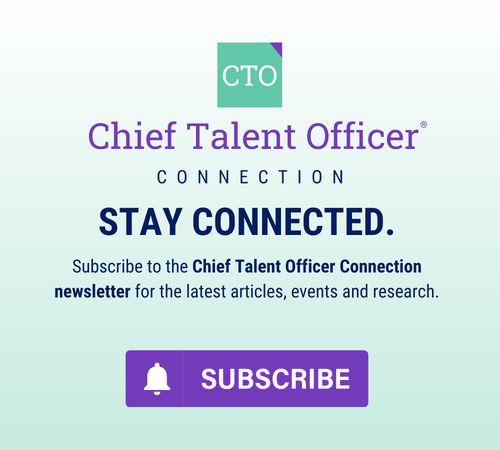- The ability to attract, develop and maintain key talent.
- Management of seamless transitions that are performance-based rather than longevity-based.
- Fostering a culture that builds competitive advantage through people.
- Development of fair but not excessive performance-based compensation plans.
These four attributes point to the importance of HR executives as candidates for the boardroom. Three examples of new board members include Jill Kanin-Lovers, a senior HR professional from Avon, recently tapped to become a board member at Alpharma, a global pharmaceutical company; Michael Peel, an HR officer at General Mills who joined the board of Select Comfort; and John Cone, formerly head of learning at Dell Computer, who has been a board member of Click2Learn for more than two years and was recently selected to join the board of the new company formed from the merger of Click2learn and Docent.
So if you are a CLO reporting to senior leadership, it is possible to position yourself as a candidate for the boardroom, but you need to develop a number of skills and competencies to prepare for the role. In my work, I have identified four critical competencies that chief learning officers need to acquire for their current role and to prepare them for boardroom service. These skills emphasize the need to be a business executive first and foremost:
- Business Manager: providing financial literacy to the management of the learning function. In the words of Bob Zeinstra, associate dean of University of Toyota School of Retail Professional Development, “The most critical part of my job is to create financial management tools to manage the business of learning at Toyota.” Zeinstra has done that by creating a P&L for each learning intervention so he knows which are profitable. This emphasis on managing the business of learning includes ensuring that key staff understand how to read a balance sheet, manage a P&L for each learning offering and define and track the variable and fixed costs of the department.
- Systems Thinker: crafting a vision for how the learning organization fits together, including articulating a strategic vision for learning and communicating this vision to stakeholder communities. Suellen Roth, vice president of human resources for Avaya and responsible for the management of Avaya University, created the first Avaya University annual report, highlighting the ways Avaya University is supporting the strategic priorities of the company while delivering more programs per employee with a 16 percent reduction in the overall investment.
- Alliance Builder: developing alliances with senior leaders to provide strategic direction for how learning can impact business results. The development of a strategy board and learning councils allows chief learning officers to become allies to business unit managers and to ensure learning solutions drive business outcomes.
- Leadership and Talent Manager: developing global bench strength of high-potential managers. While the 1990s focused on the war for talent, the new emphasis is on managing talent and developing the high-potential workforce. This emphasis on leadership and talent management requires HR professionals to provide expertise in recruiting and maintaining talent—crucial for board members responsible for overseeing recruiting policies.
Since the passage of the Sarbanes-Oxley Act of 2002, boardroom membership has been altered forever. Board members will no longer just have personal ties to the CEO or a high public profile. Instead, board members need to bring a unique dimension to the boardroom, often including HR skills. Boardrooms need to look into the ranks of the HR talent pool and identify candidates who ensure the company has the right leadership in place at the right time.
Jeanne C. Meister is vice president of market development at Accenture Learning. Comments on this article can be sent to jmeister@clomedia.com.










